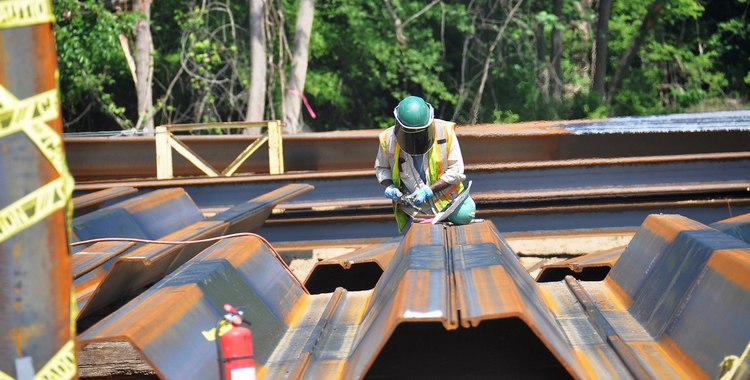
The US economy added 160,000 jobs in April, the weakest pace of job creation since September, according to data from the Bureau of Labor Statistics. The unemployment rate, which is derived from a separate survey of households, was unchanged, at 5 per cent.
Downward revisions to the number of jobs added in February and March left employment gains 19,000 less than was previously reported. Job growth has averaged 192,000 a month so far this year. The US needs to add about 100,000 jobs a month to keep up with population growth.
The number of people unemployed for less than five weeks rose by 133,000 to 2.5 million, while the number of long-term unemployed – those Americans who have been out of work for 27 weeks or more – fell by 150,000 to 2.1 million (those individuals accounted for 25.7 per cent of the unemployed).
The number of Americans working part-time, because they were unable to find full-time work, fell by 161,000 to 5.9 million.
The number of Americans in work or actively looking for jobs, a measure known as the labour-force participation rate, dropped to 62.8 per cent from 63 per cent in March, partially reversing a rebound that began in last September. The participation rate, which is at the lowest level since 1978, as well as the number of Americans working part-time for economic reasons suggest there is still spare capacity in the jobs market.
A broader measure of unemployment – which includes people who are in part-time employment, but would like a full-time position, and those who are too discouraged to look for work – fell to 9.7 per cent from 9.8 per cent in March.
Professional and business services, the heavily white-collar sector, added 65,000 jobs, the strongest jobs growth in the sector in six months. Employment in health care and social assistance rose by 38,200. Leisure and hospitality companies created 22,000 jobs. Manufacturers, which suffer from weak demand overseas, created 4,000 jobs, after shedding 29,000 in March. Construction companies hired 1,000 workers, a sharp slowdown from 41,000 jobs created in March. By contrast, employment in the mining and logging sector, which includes the oil and gas industry, fell by 8,000. The sector lost more than 100,000 jobs in the year to end-April as energy companies cut investment due to sustained low oil prices. Retailers shed 3,100 positions, after adding 39,000 in March. Government employment fell by 11,000.
Average hourly earnings climbed 0.3 per cent on the previous month to 25.53 dollars. Wages were up 2.5 per cent over the 12 months ended in April, well ahead of the rate of inflation. Annual wage growth has been hovering just above 2 per cent on average since the beginning of the recovery from the Great Recession in mid-2009. The pace, however, is too weak to move inflation back up to the Fed’s target of 2 per cent.
The average workweek rose by 0.1 hour to 34.5 hours.
The world’s largest economy grew at an annualised pace of 0.5 per cent in the first quarter. That was the slowest pace in two years as consumers and businesses reined in spending. Odds of an interest rate rise in June have declined, after the release of first-quarter GDP growth figures and the April job growth report.
U.S. Army Corps of Engineers photo by Billy Birdwell